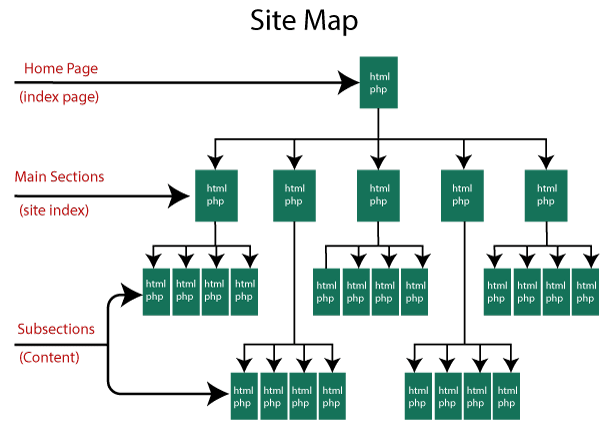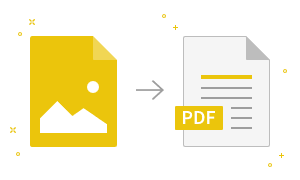Site Map

A site map refers to the map of your site, which shows the detailed structure of your site like its different sections and the links which connect them. The role of the site map is to help users and search engines find information on your site and thus discover more of your site.
Types of Site Map:
A site map can be a static HTML file or an XML file. Sitemaps based on HTML files are traditional sitemaps. They were designed to outline the first and second-level structure of a site so that users can easily find information on the site. These are mainly concerned with users.
Benefits of HTML Sitemaps:
- It includes every page of the website and is like a well-organized daily routine.
- It is an architectural blueprint for your website that oversees the structure and connections between your pages and subpages.
- It allows users to navigate to key areas of your website. It tells users what your site is about.
- It makes sure your content is one or two clicks away from your homepage, i.e., it is easily accessible.
- It facilitates the work of Search Engine Crawlers as HTML links offer the way a search engine prefers to explore the web.
- An optimized HTML sitemap acts as an authoritative page on your website that contains links to other pages of your site.
On the other hand, an XML sitemap is primarily designed for search engines. It includes all the activities of a site like along with the main URL it also contains all other URLs with their metadata. It also tells how important a URL is when it was last updated, its relation with the site, etc.
Why is the XML sitemap needed?
An XML site map is useful, if:
- A website has a complicated structure or plenty of internal links
- A website is a new one, or it has a less number of external links
- A site is consistent and has archived content
Points to remember while creating an XML sitemap:
- Start with an opening tag and end with a closing tag
- Specify the namespace (protocol standard) within the tag
- Incorporate an entry for each URL, as a parent XML tag
- Child entry for each parent tag
- UTF-8 encoding
Benefits of XML Site Map:
- It allows you to list all URLs from your site, including the pages that would not have been noticed by search engines while indexing your pages.
- It allows you to assign priority to your pages by adding a tag on your XML sitemap to indicate the most important pages. Thus, you can ask the Search engine crawler to give more preference to your priority pages.
- It allows you to give temporal information to search engines as you can add two optional tags to share extra data with search engines to help them crawl your site. The first such tag is “lastmod’, which tells when a page last changed or updated; the second one, “changefreq” which tells how often a page is likely to change.

